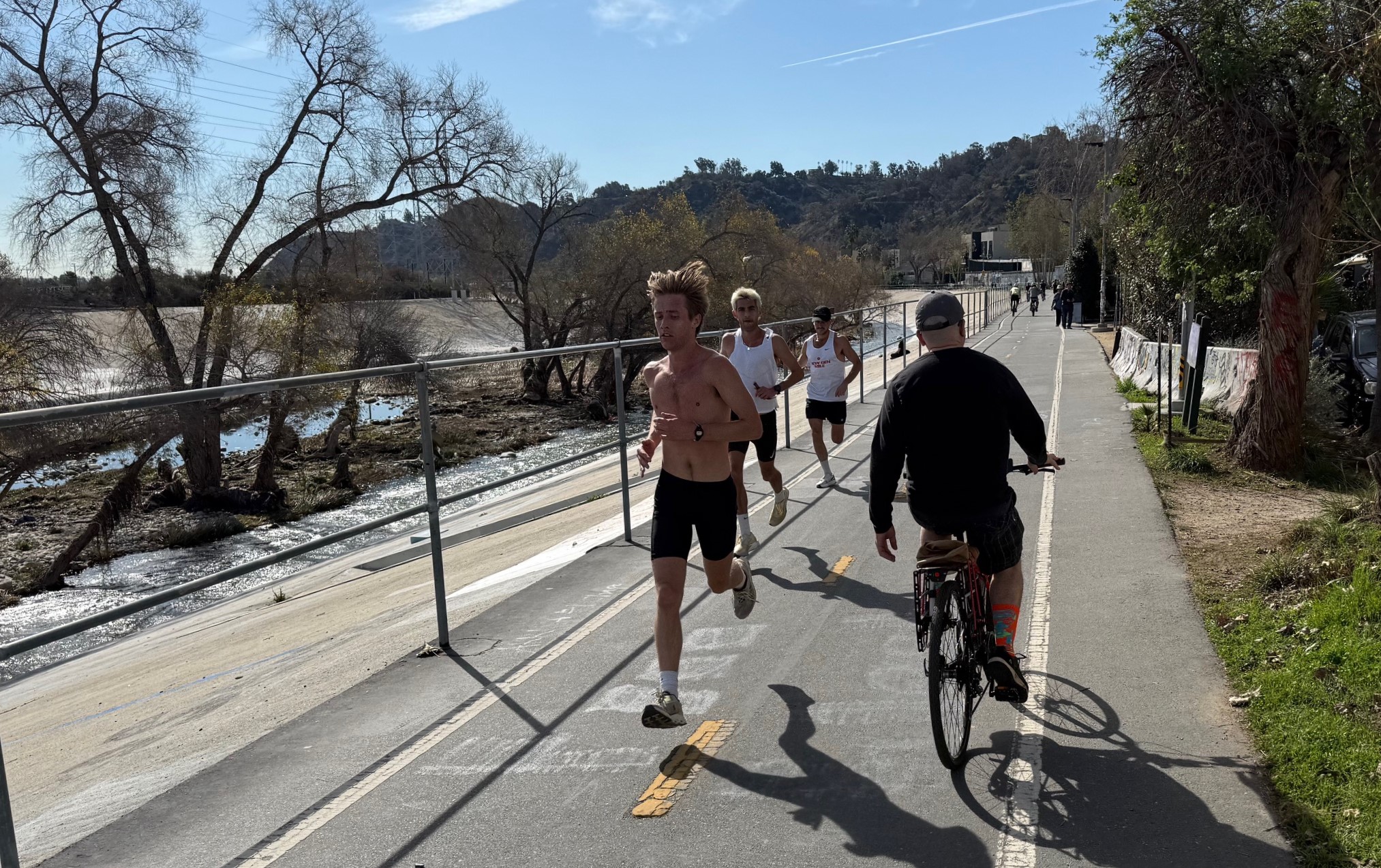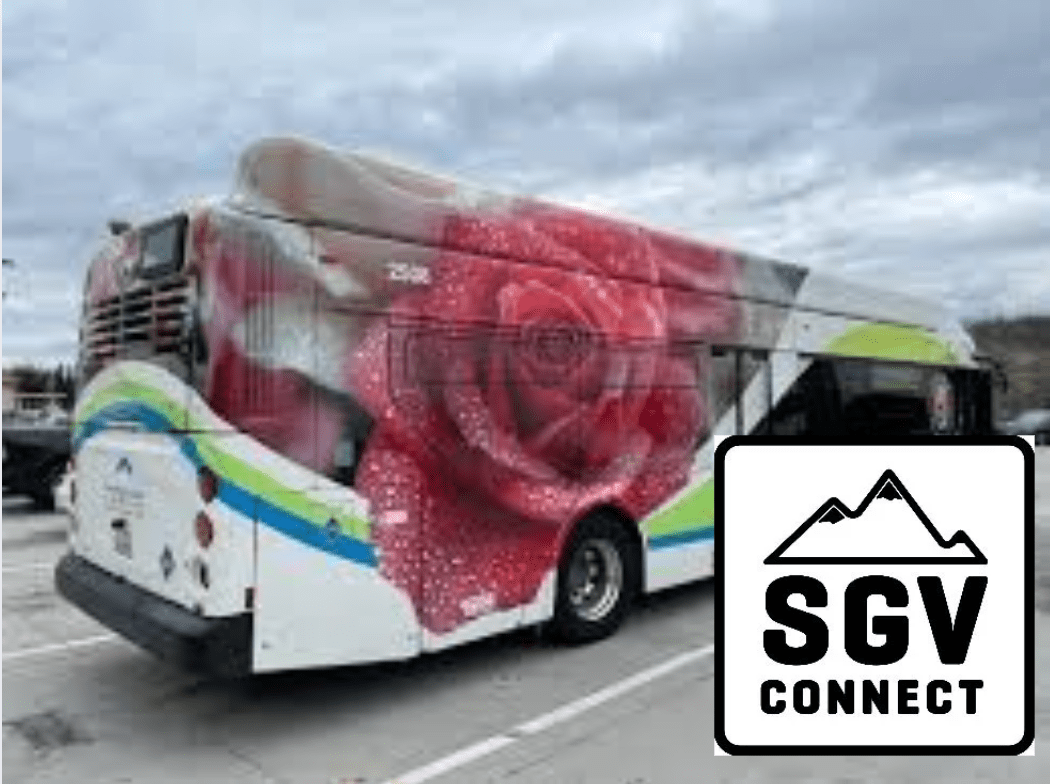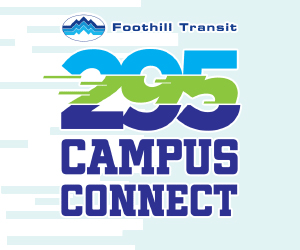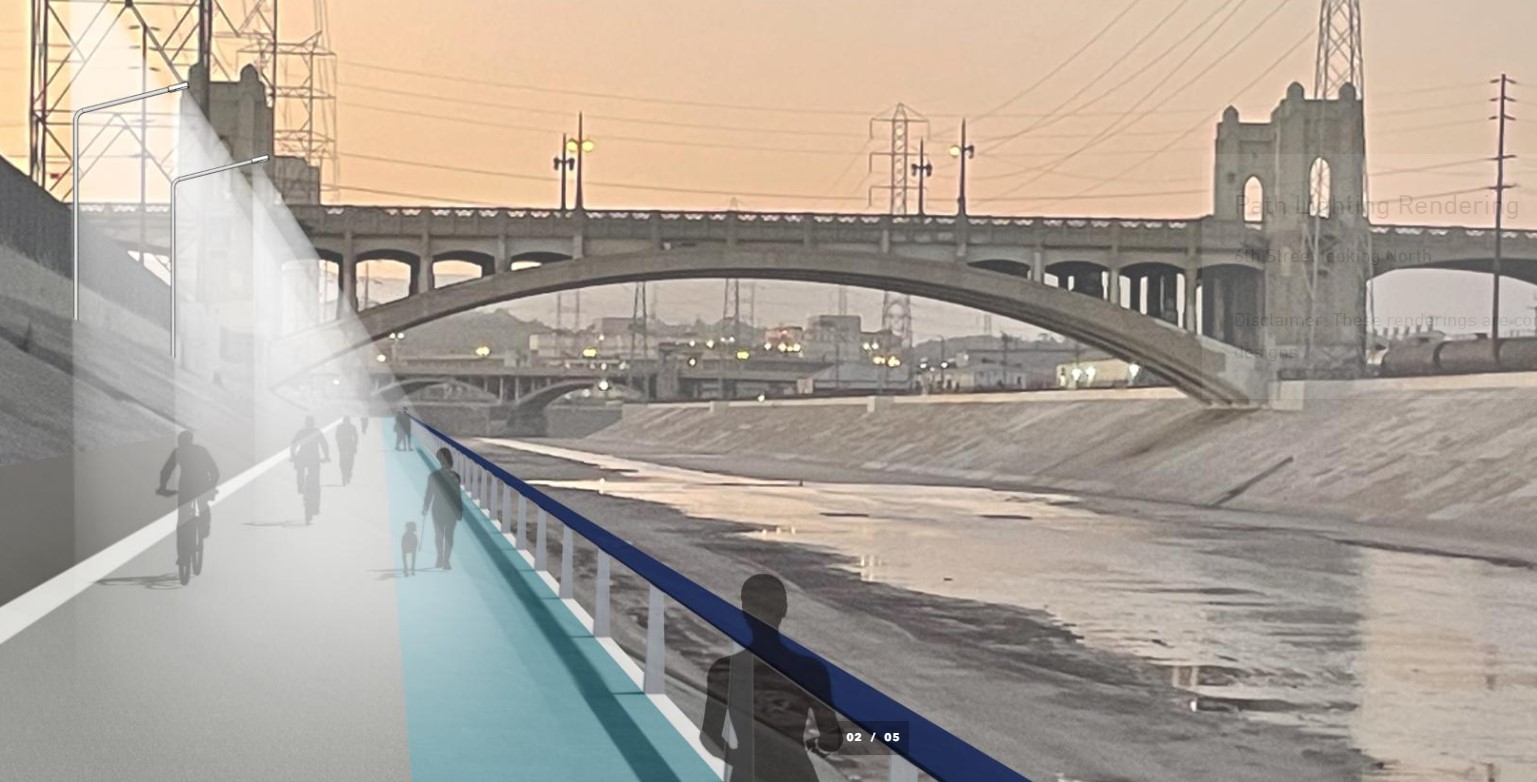
Yesterday, the Center for Transit Oriented Development, the leading national non-profit dealing with T.O.D. issues, released a report full of recommendations for Los Angeles as the local transit system grows in the coming years. The study looks at 71 existing and under construction station areas in Los Angeles, not the stations that will be built because of Measure R, and provides guidelines and a tool box to help insure that the future projects do a better job of integrating and supporting the existing community.
The report doesn't go into reviewing the existing TOD projects, so if you're hoping for another critique of the W, or a rebuttal to yesterday's article on Streetsblog, you're going to have to looks somewhere else.
On their welcome page, they explain some of the challenges, and opportunities, presented for TOD planners in Los Angeles:
Developing around stations is not the only way to build a moretransit-supportive city. Los Angeles is already dense, but manycommunities lack the neighborhood-serving businesses, high qualitypublic space and parks, and the walkable and bikeable streets thatsupport living locally as well as increased transit use. Some parts ofthe city are dense, walkable and bikeable, but need more investment intransit. Most communities will require a combination of development,infrastructure investment, and transit improvements.
This brief overview already shows an analysis beyond the typical boilerplate. Too many people think of Los Angeles as a giant "suburban city" or an example of sprawl in action. While Los Angeles may not have the size or number of highrises as the other major metropolitan cities in America, it does have the density to support both a robust transit system and thriving TOD system.
The tools that the Center offers to those interested in examining the areas around Metro stations is impressive. Geographic, employment, transportation usage patterns, affordable housing, all at your fingertips. I'm sure there are plenty of planners that will have hours of fun playing with the maps and graphs offered.
But more important than the tools are the findings. After a year of studying the development patterns and transit planning in Los Angeles, what does the Center see for Los Angeles? In short, the news is good and bad. The good news is that Los Angeles is expanding its transit system more quickly than any city save Denver, and that the communities surrounding the transit stops tend to be the least auto-dependent in Los Angeles. The bad news? For the most part there isn't a lot of land available for development around stations leading to limited opportunities.
You can read a full copy of the report on the CTOD website, here.






